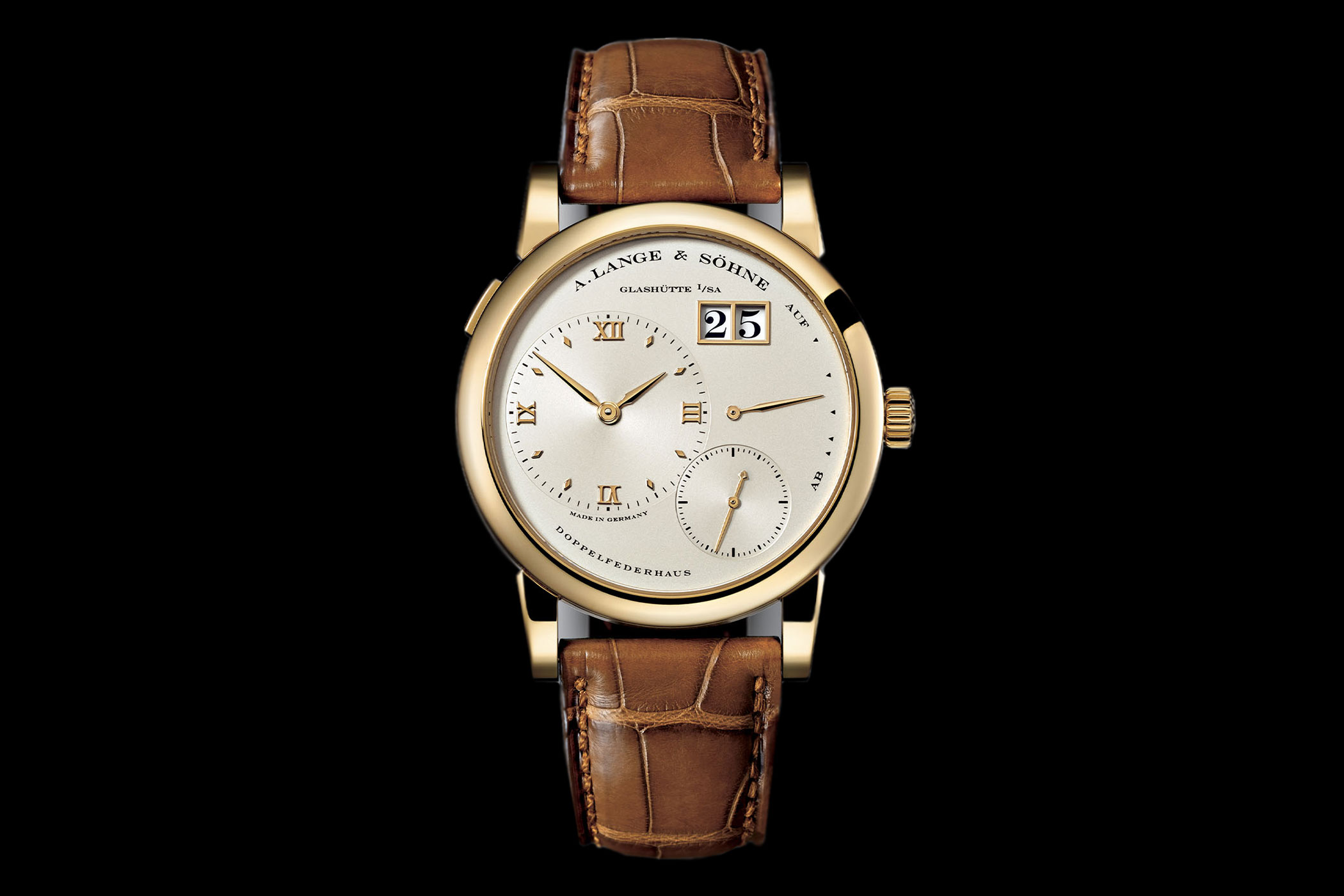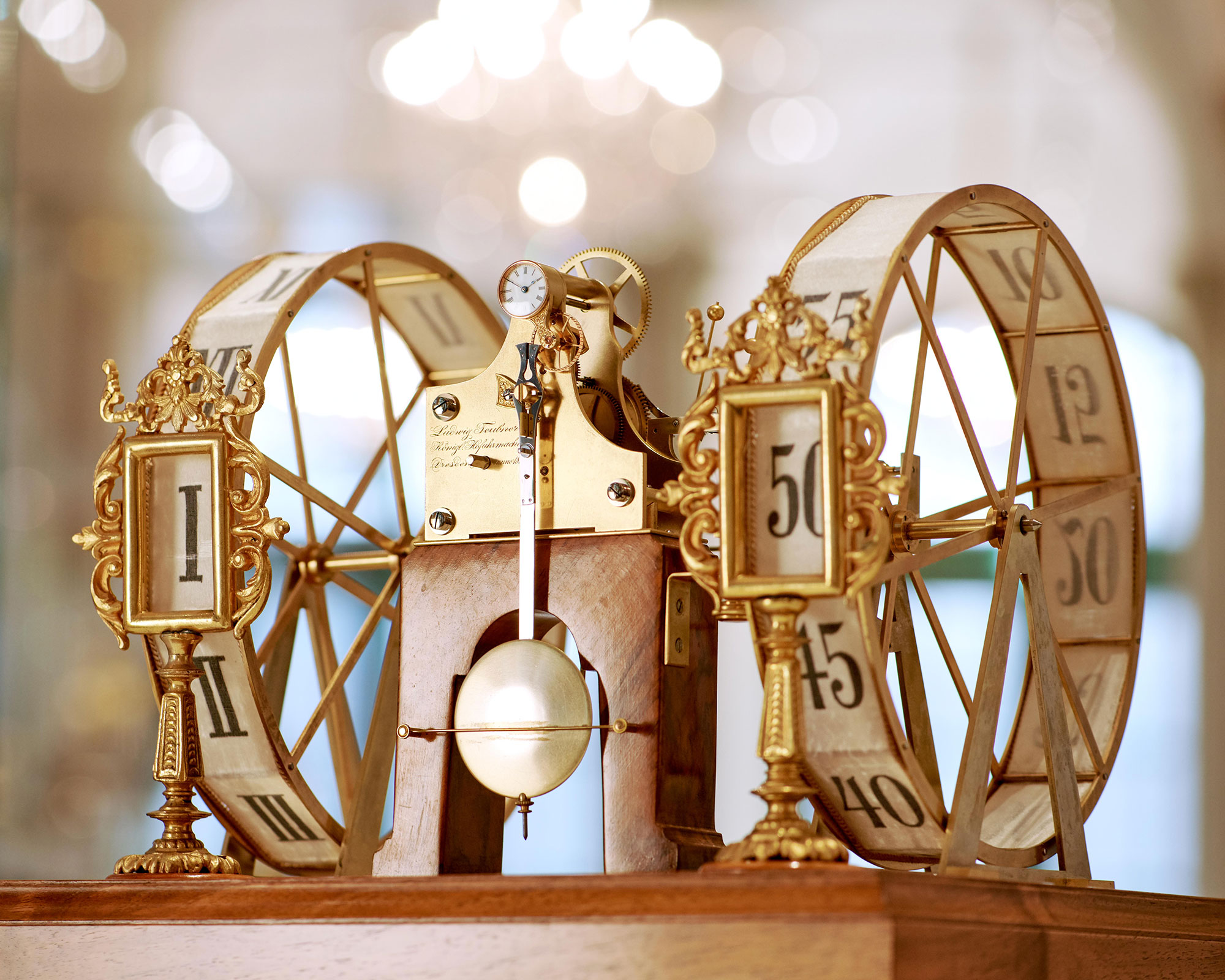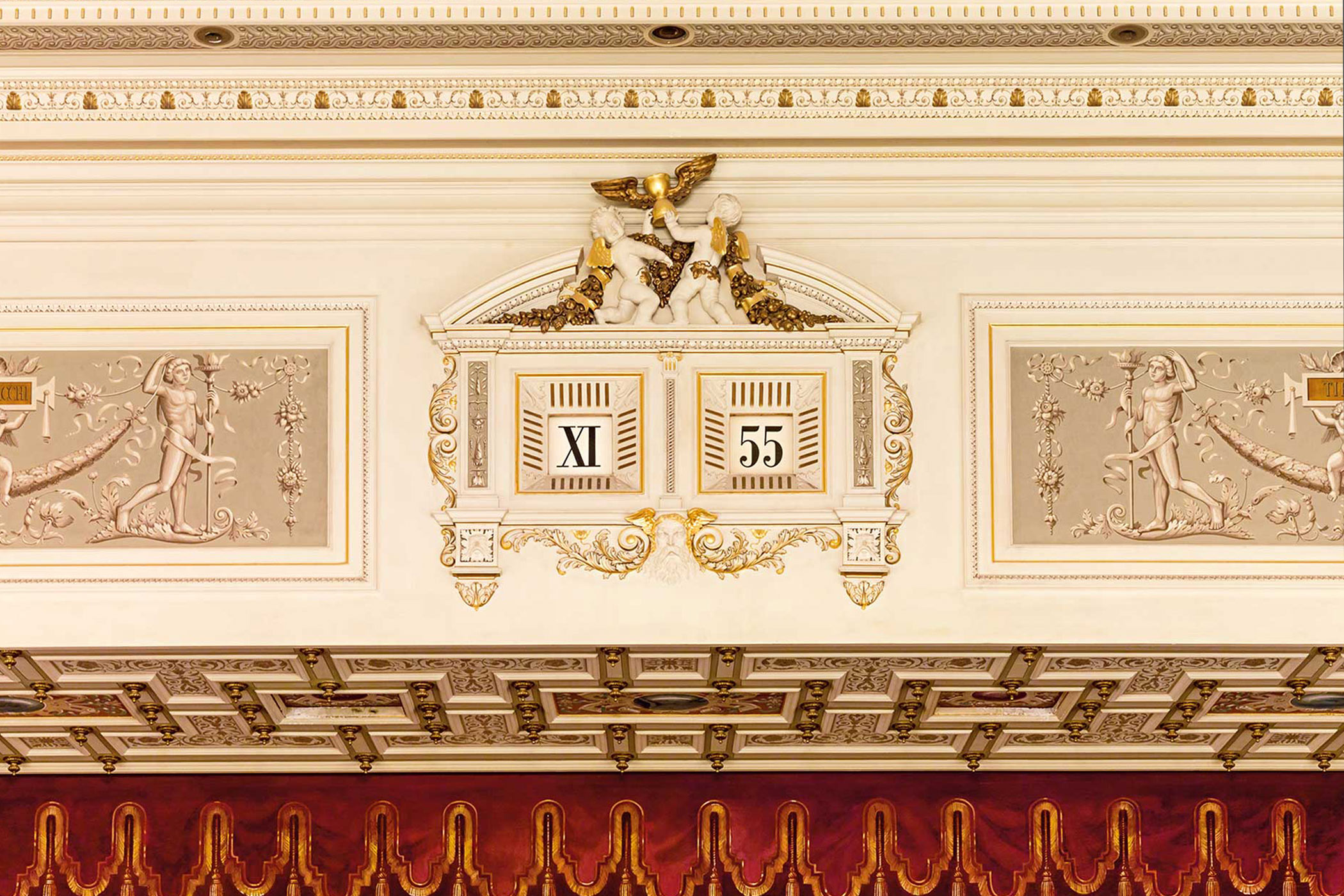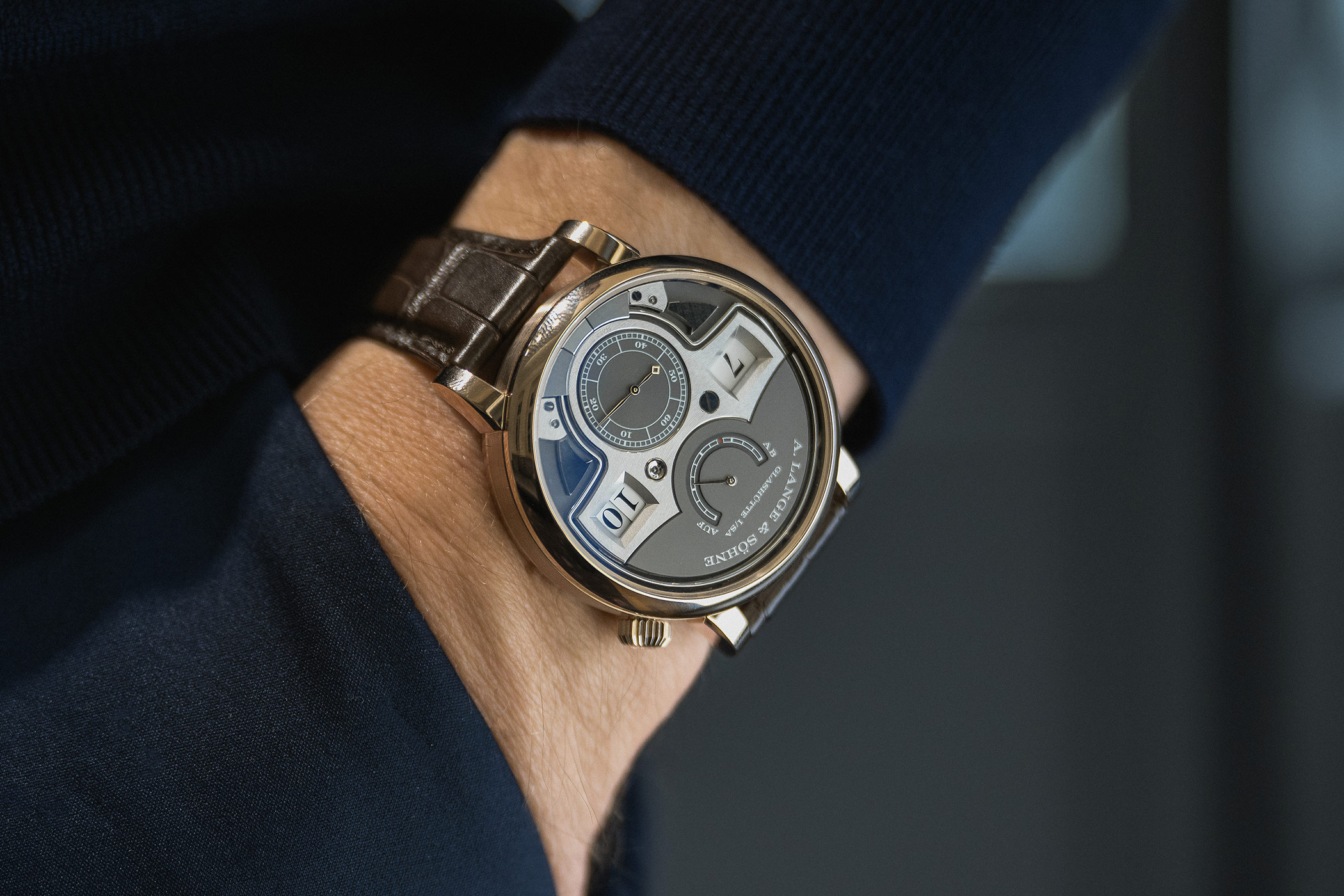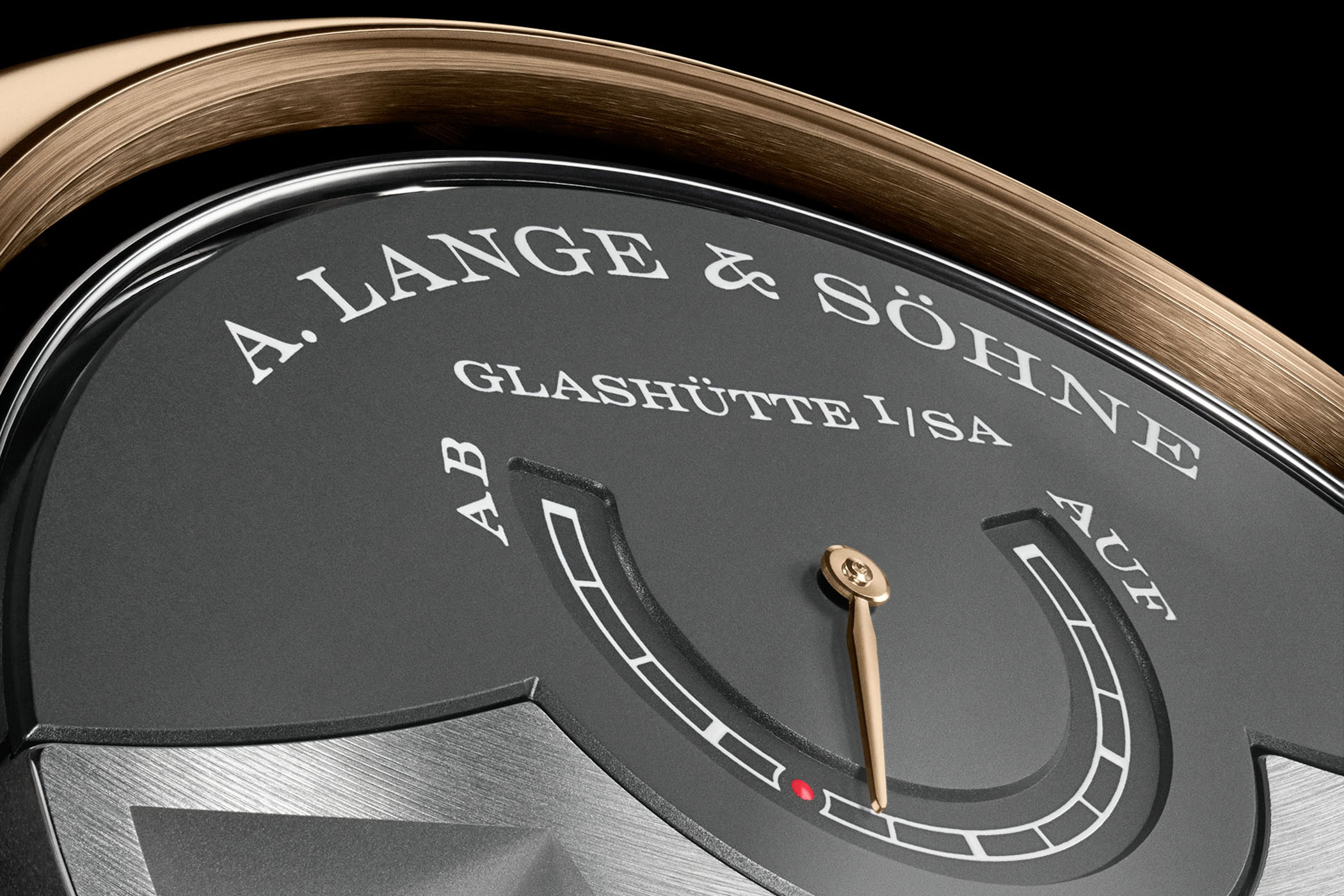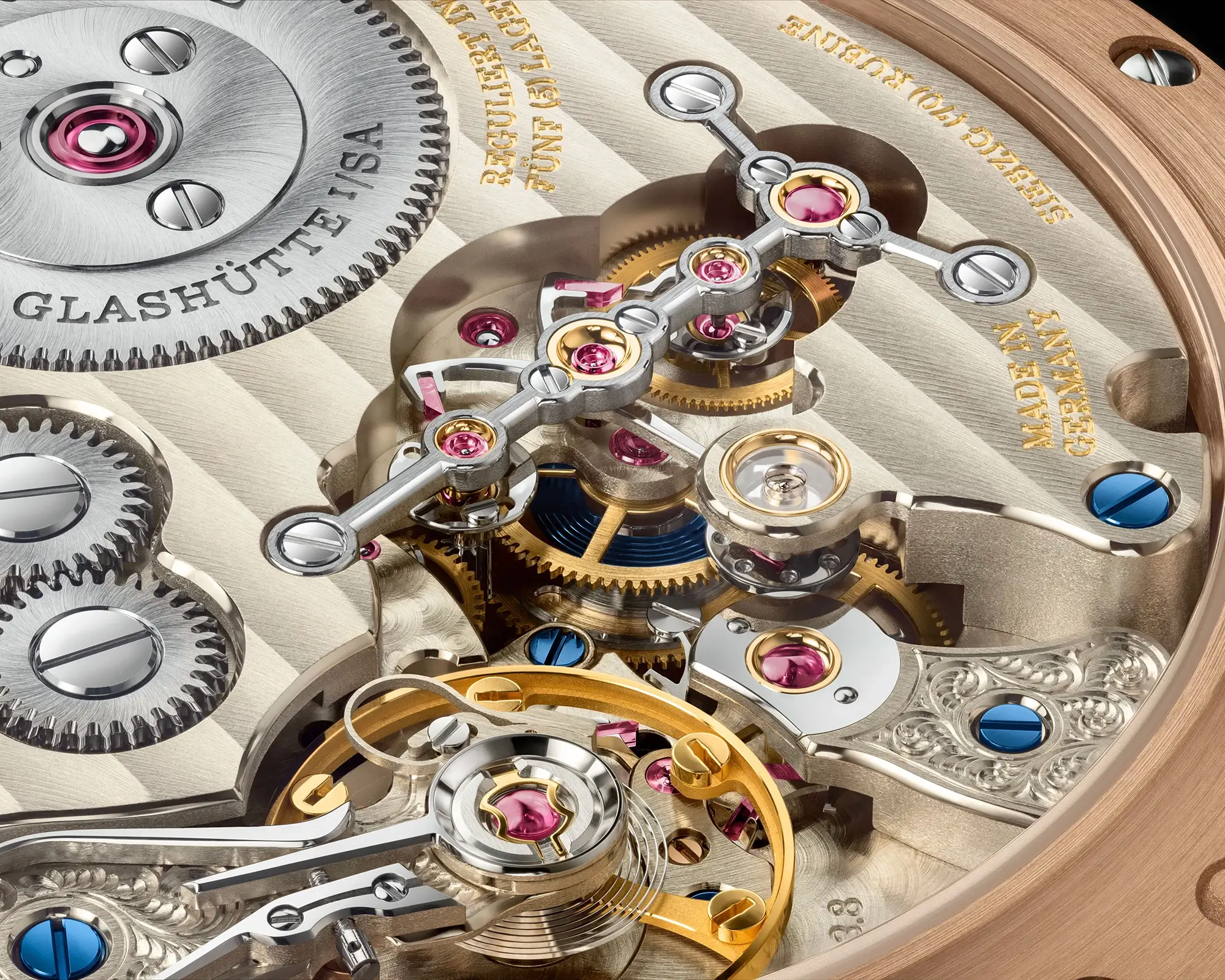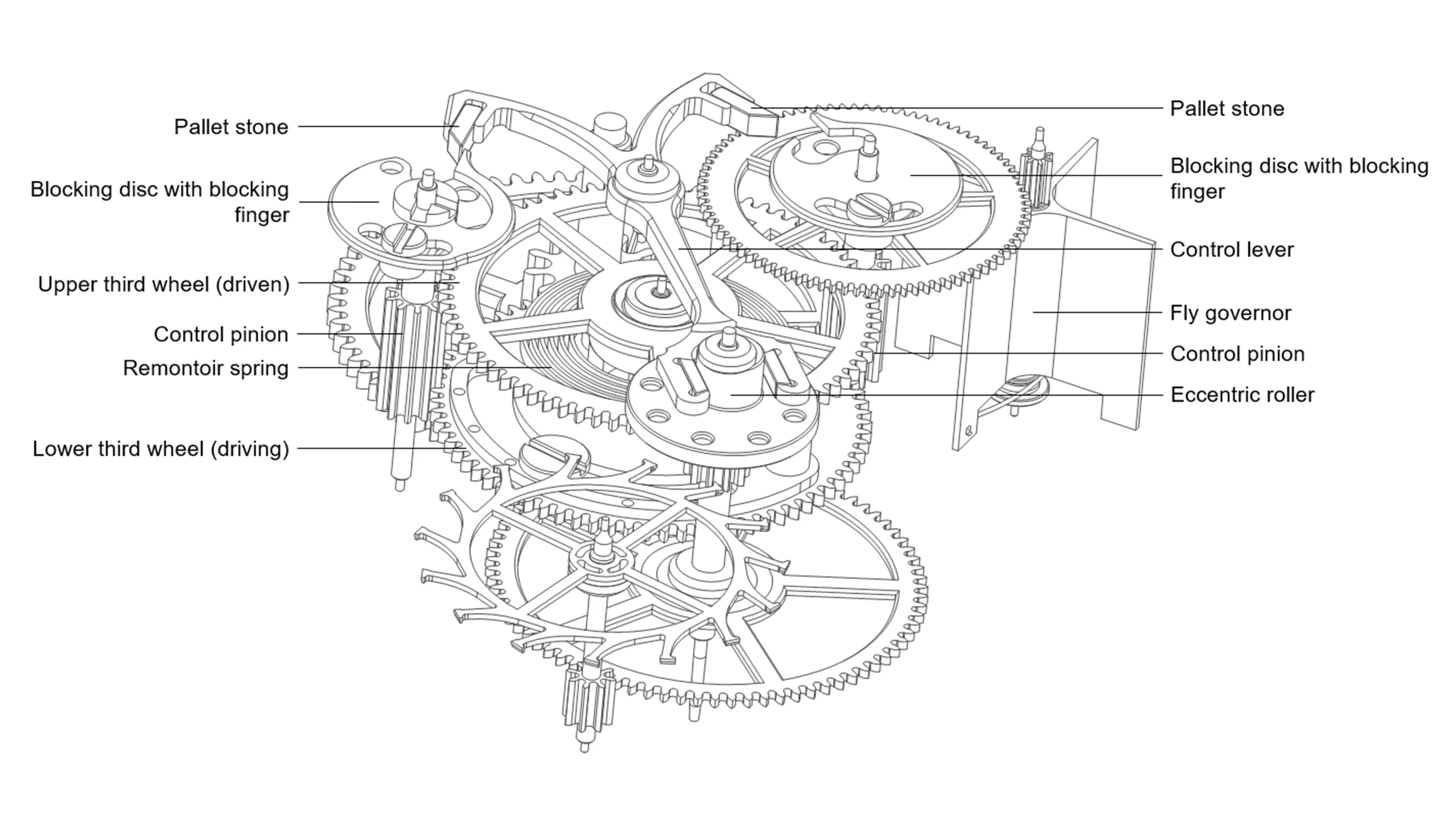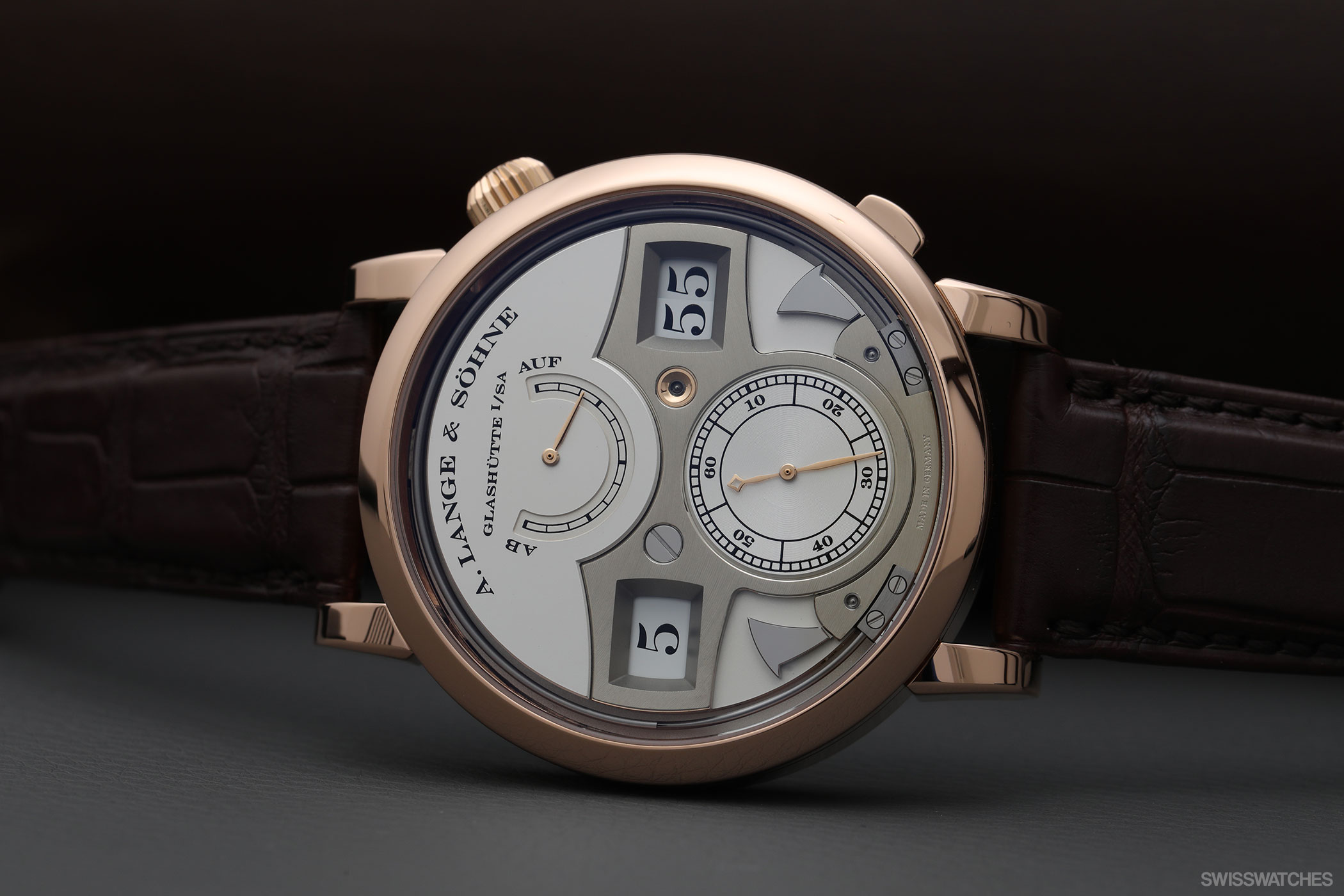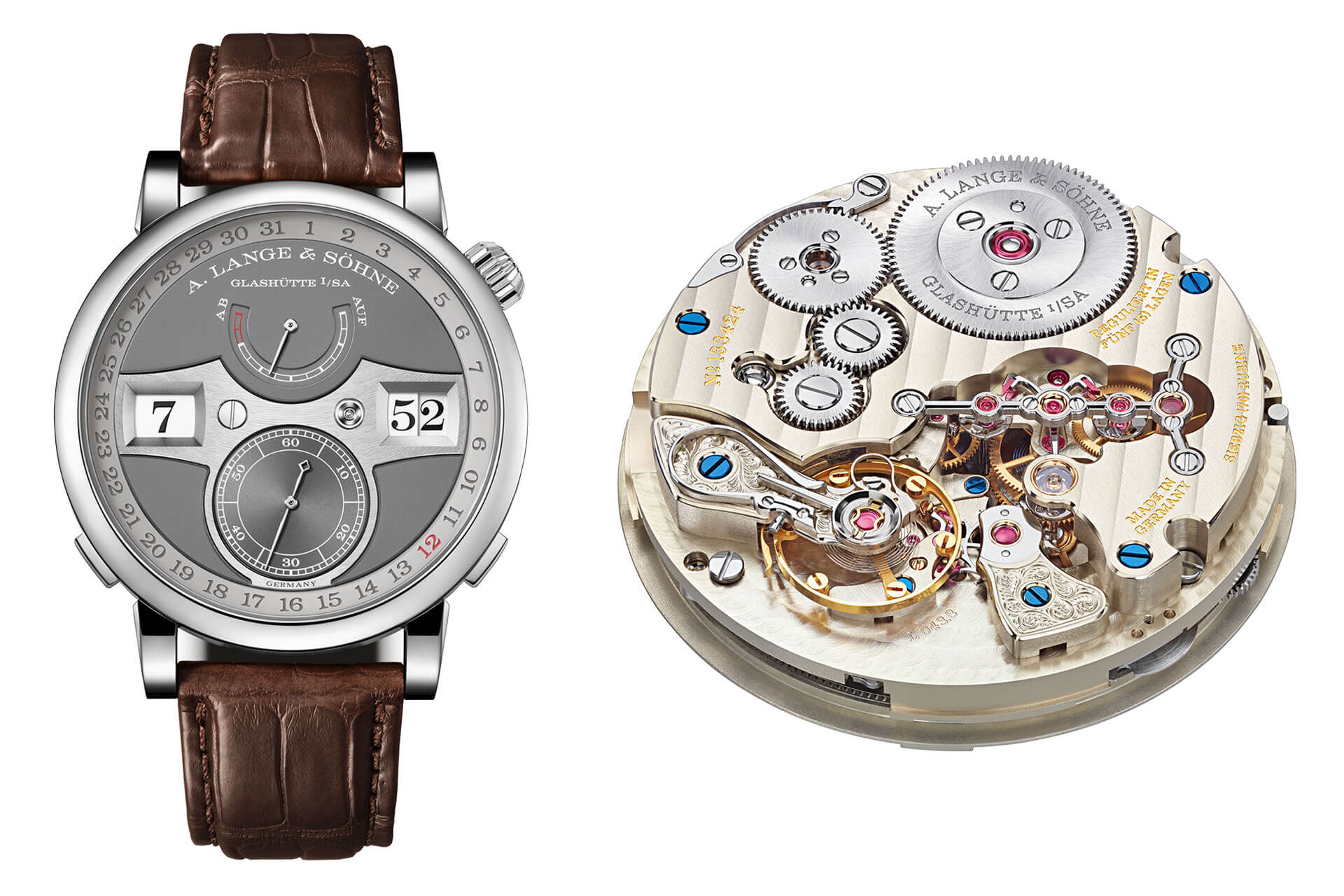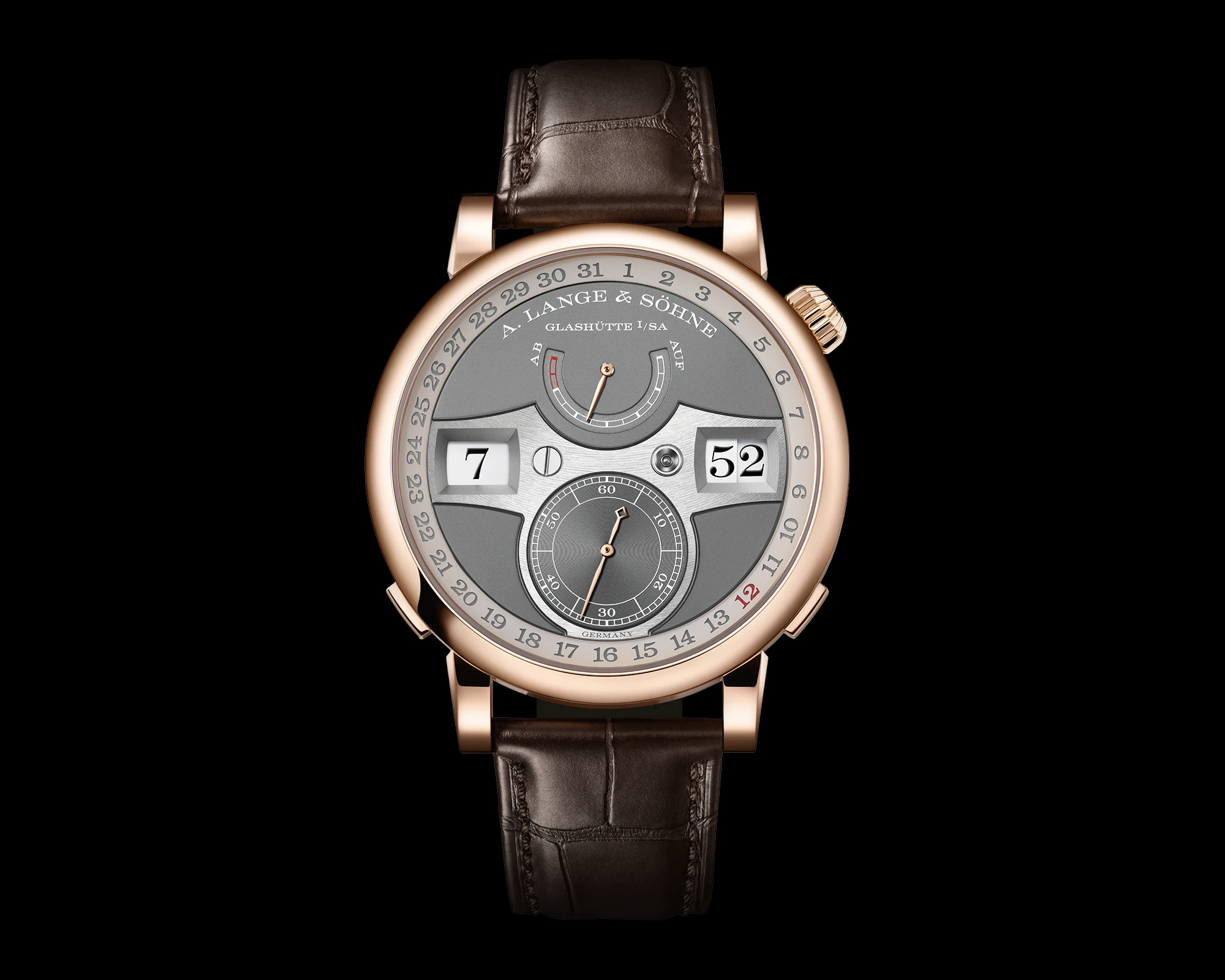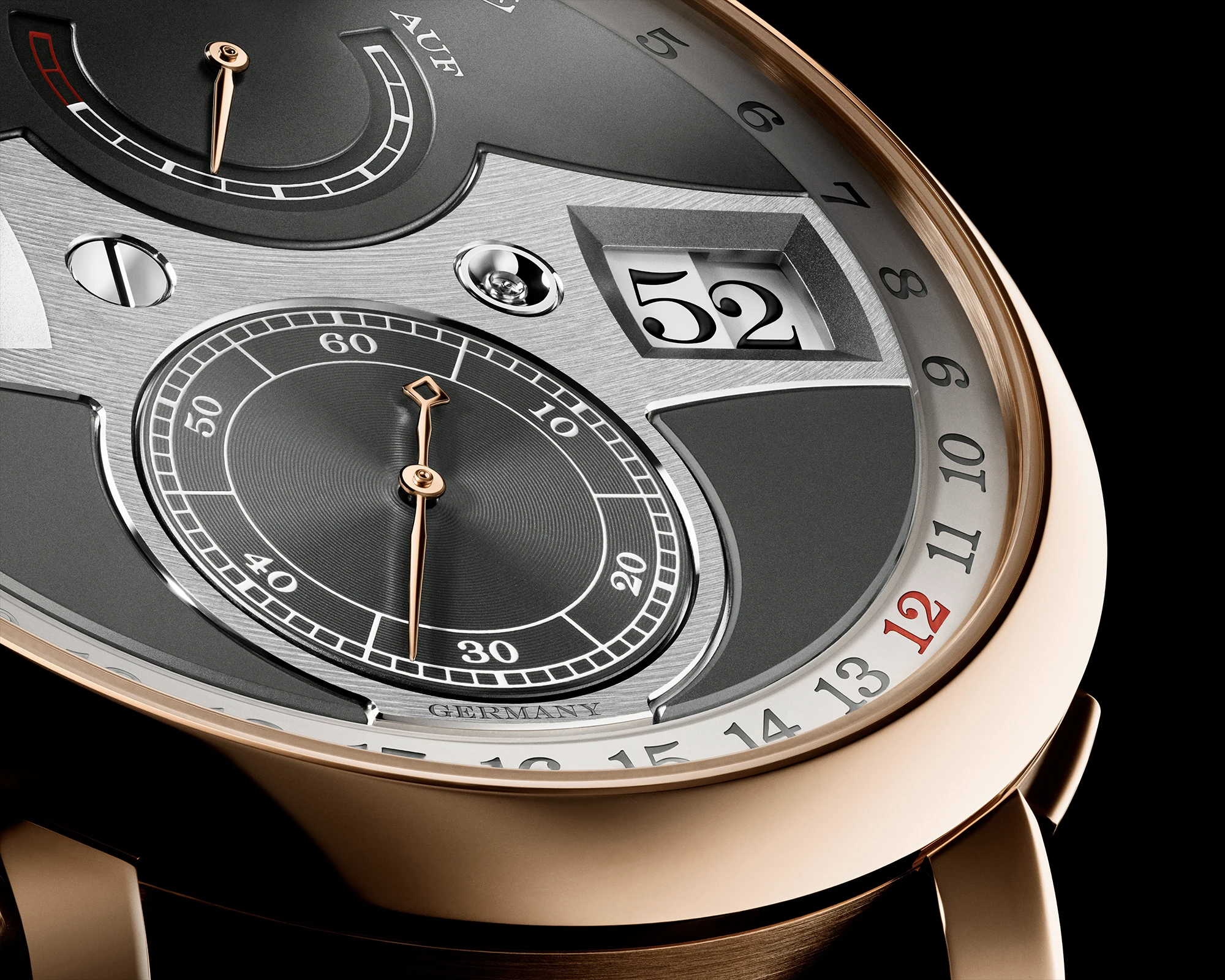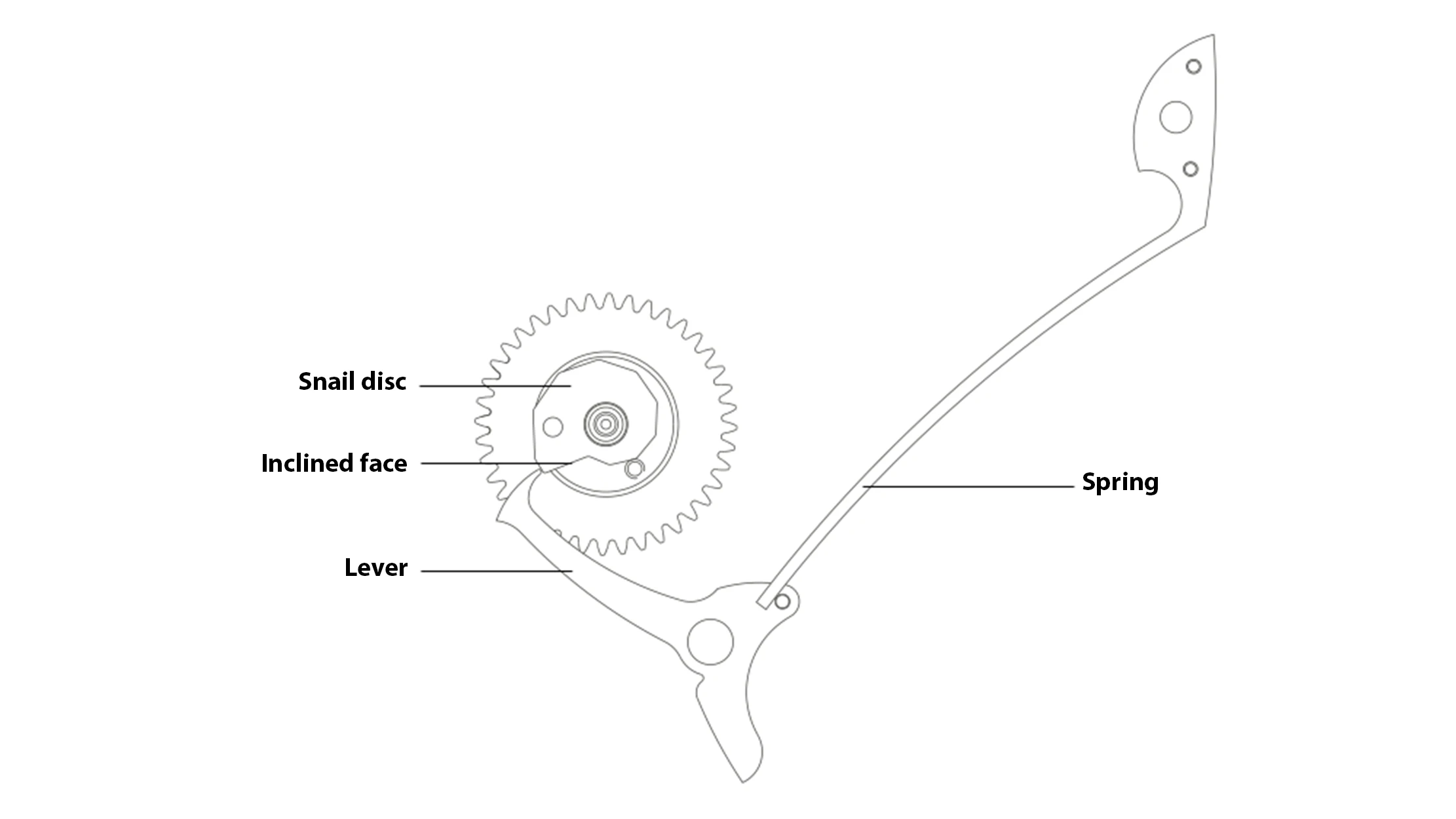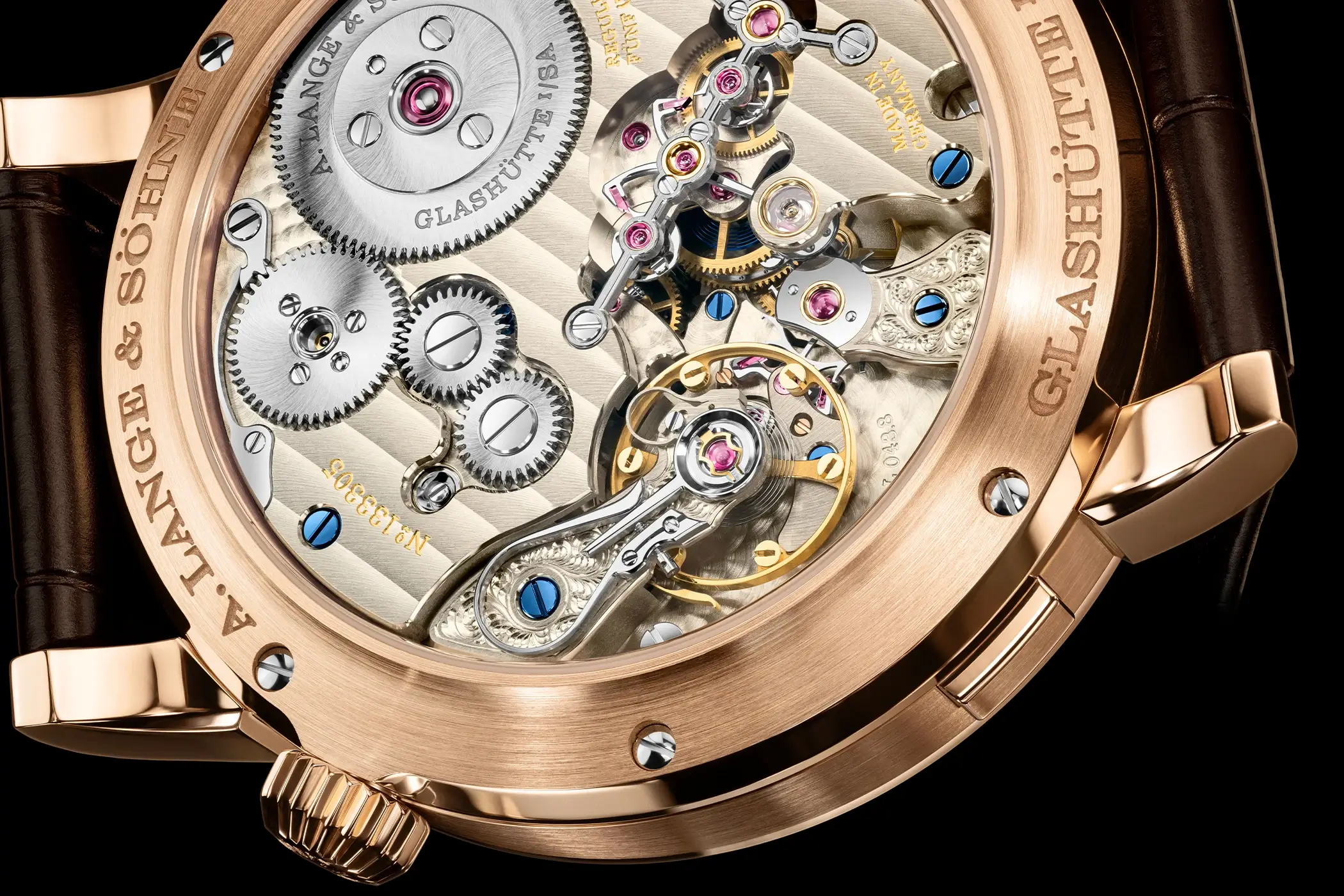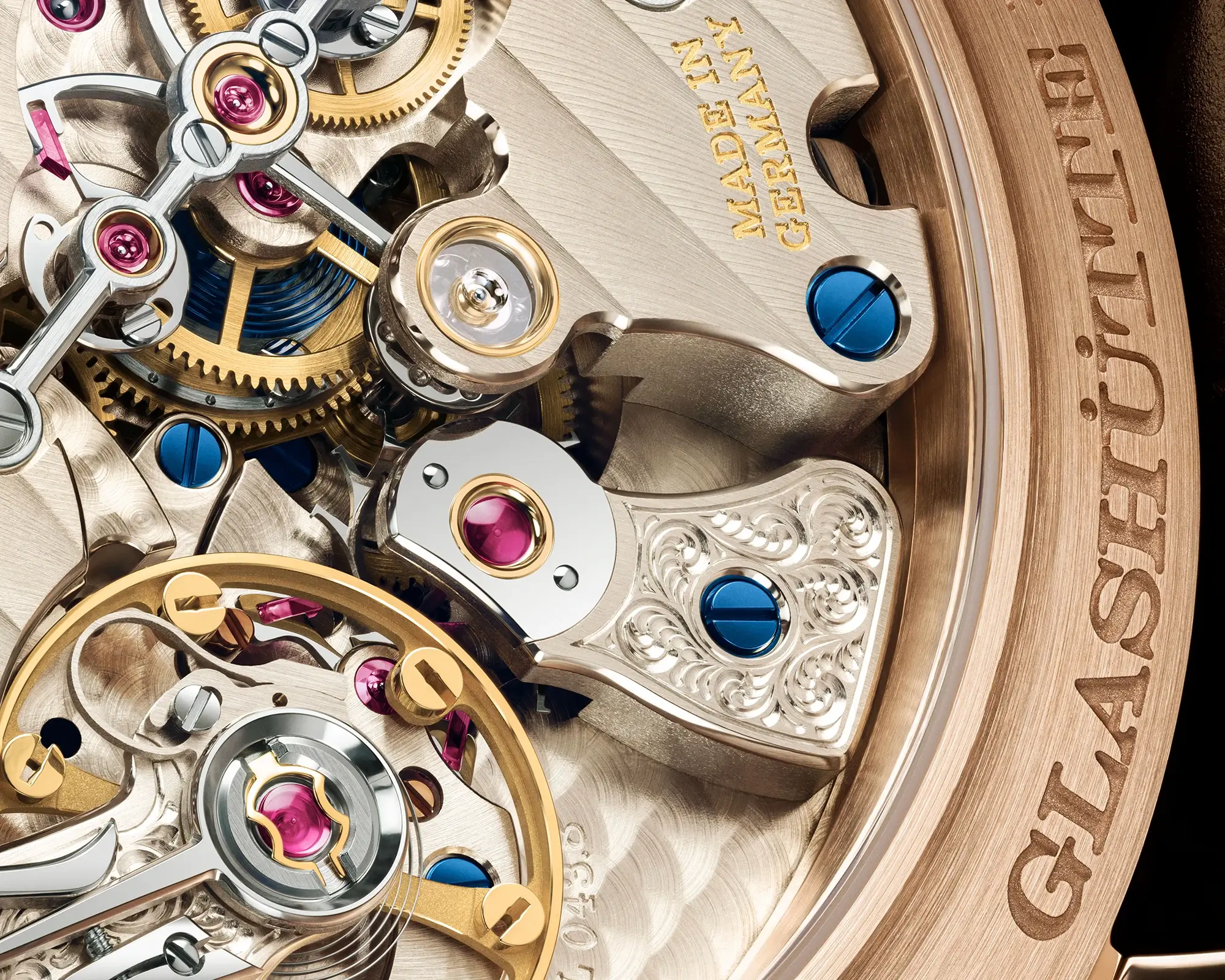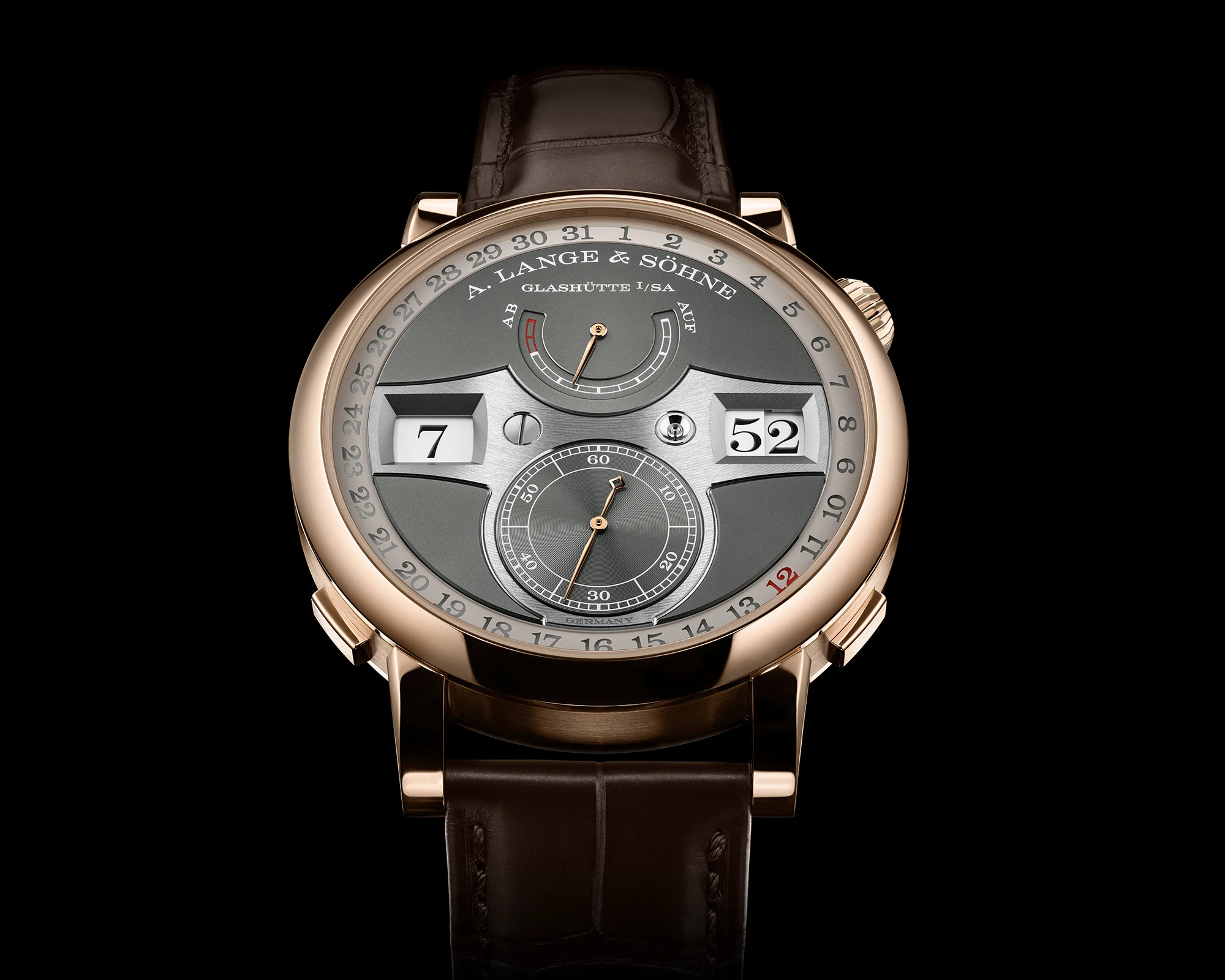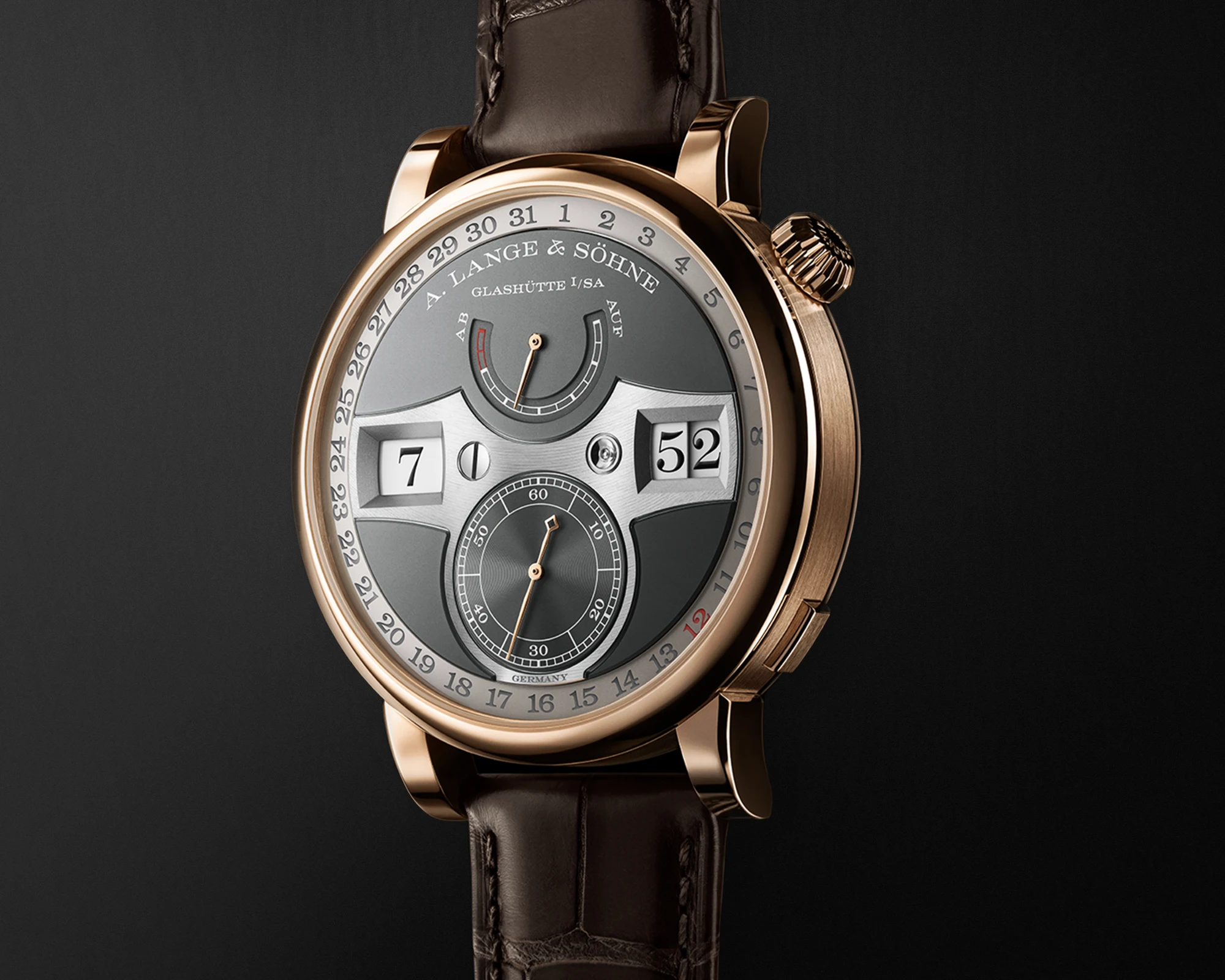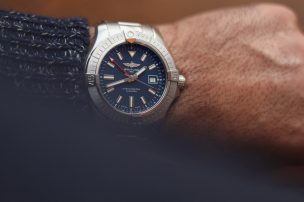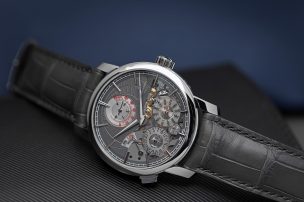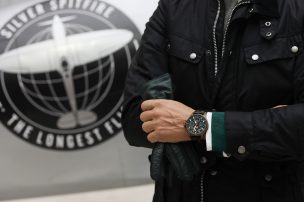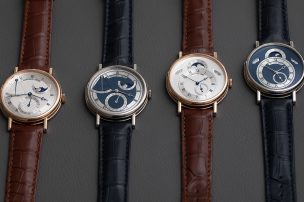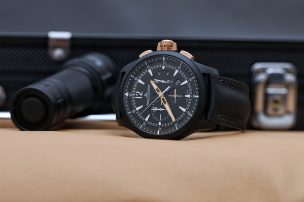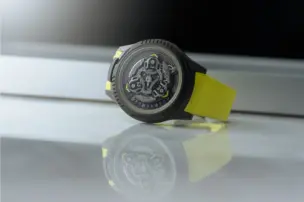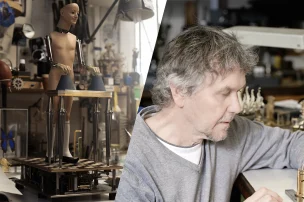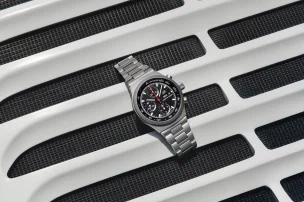
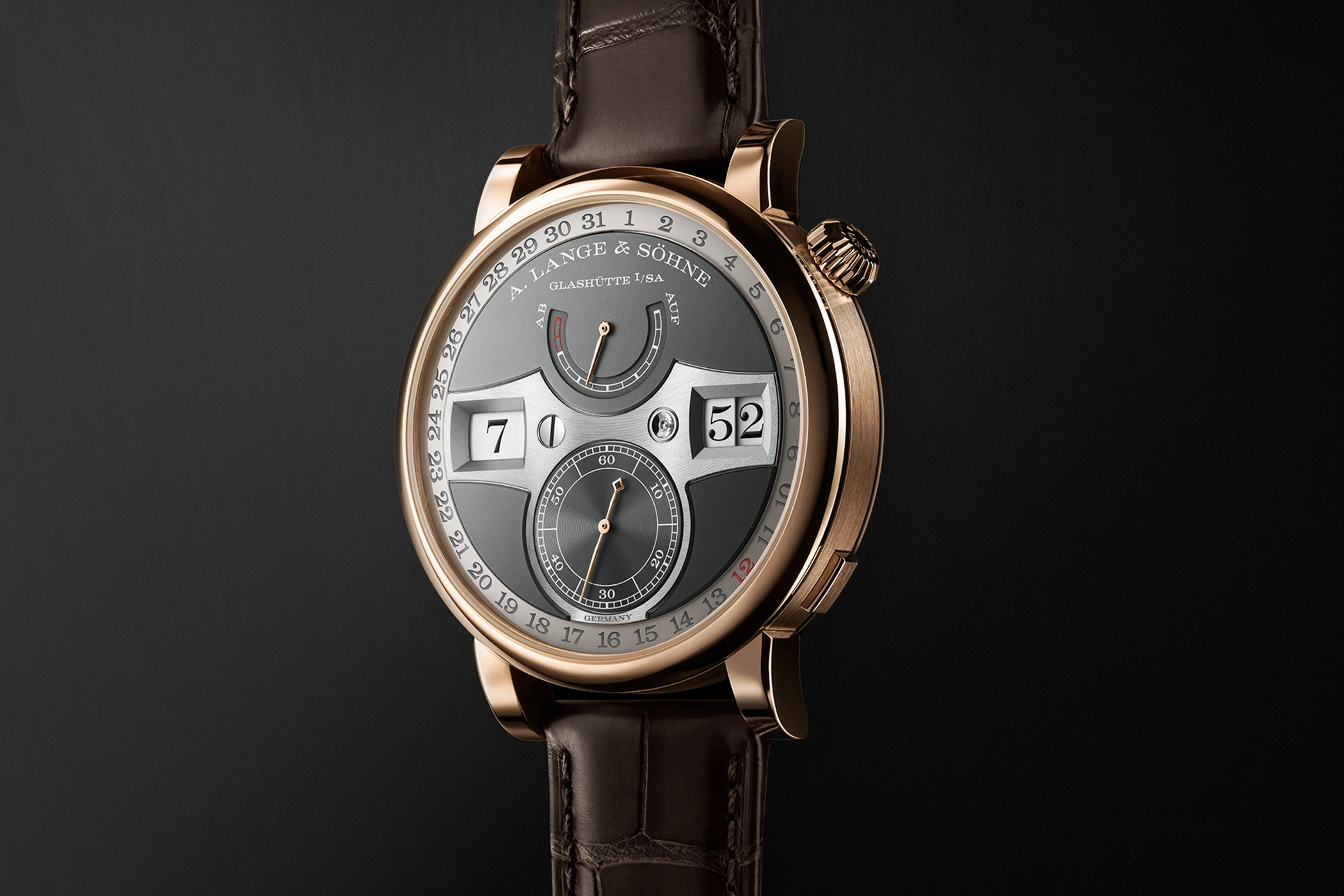
A. Lange & Söhne Presents a New Zeitwerk Date in Pink Gold
With the Zeitwerk, Lange created a design classic in 2009. Now, a new version of the Zeitwerk Date has been introduced in pink gold with a grey dial. An ideal occasion to take a closer look at the collection.
When A. Lange & Söhne unveiled the Lange 1 after its rebirth in 1994, the watchmaking world quickly agreed: a new design icon had emerged – a rare feat in a field where most icons have a heritage spanning fifty years or more. What sets the Lange 1 design apart is its asymmetric dial layout: the hours and minutes sit on the left, balanced on the right by a vertical arrangement of the date, power reserve indicator, and small seconds. Moreover, there’s the then-unusual oversized date display – a feature with an intriguing history that also connects to the Lange Zeitwerk.
The Digital Clock of 1841
The concept for the large date display with two apertures, as found on the Lange 1, was inspired by the stage clock of the Dresden Opera House. In the late 1830s, the court clockmaker Johann Christian Friedrich Gutkaes was commissioned to create a clock to be installed above the stage and visible to the audience. Together with his assistant Ferdinand Adolph Lange, who would later found the Glashütte watchmaking manufactory, he conceived a five-minute clock featuring two apertures: the left window displayed the hours with Roman numerals, while the right showed the minutes in five-minute increments, from 5 to 55, in Arabic numerals. The reasoning behind this digital display was simple: it was easily legible, even from the very last row. The clock was completed in 1841.
The Lange 1 adopted this system for its date display, again prioritising optimal legibility. Lange even paid close attention to details like the gilded frames around the apertures. Wouldn’t it be wonderful, as with the Dresden Opera clock, to display time itself – large and digital? In 2009, Lange achieved exactly that. With the Zeitwerk, the Glashütte manufacturer unveiled a remarkable timepiece, displaying the hours and minutes in identically sized windows, aligned on a single axis. Not only do the hours ‘jump’, but the minutes – presented on two discs – also jump forward each minute. No brand had previously managed this feat.
Yet, the display is not the Zeitwerk’s sole distinguishing feature. Alongside the signature Lange windows – familiar from the oversized date – the dial features the well-known power-reserve indicator and small seconds, giving the Zeitwerk an instantly recognisable identity despite its symmetrical layout. What is entirely new, however, is the visible movement bridge. Crafted from German silver and encompassing the hour and minute windows as well as the small seconds, this bridge reveals both a bearing jewel and a mounting screw. This very feature inspired the name Zeitwerk, and its design sparked considerable enthusiasm – reminiscent of the Lange 1 and now regarded as the manufacture’s second true design icon.
The reason no other brand had managed to create a watch with a jumping minute display on discs before Lange is that advancing the discs incrementally requires significant energy, something that can compromise both rate stability and power reserve. After all, the discs switch 1,440 times a day.
Constant-Force Escapement
Lange therefore developed a constant-force escapement and integrated a fly governor to moderate the sudden motion. This allows the force required to advance the discs to harness the full torque of the mainspring. In contrast to the mechanism in the Lange 31, where the constant-force escapement runs for ten seconds, here it operates over sixty seconds. This also ensures a consistent torque from the mainspring to the escapement throughout the entire power reserve. Since the mainspring’s force naturally diminishes as it unwinds, without this regulation, the watch’s rate would vary over its running time – an especially important consideration for a manually wound timepiece like the Zeitwerk.
The intricate constant-force system is partially visible beneath the anchor-shaped bridge on the reverse of the Zeitwerk. Positioned between the barrel and the seconds wheel, it principally consists of two components: the remontoire spring, which acts as an intermediate energy store, and the release lever, which coordinates both the switching of the time discs and the rewinding of the spiral spring. The release lever is actuated by an eccentric roller on the seconds wheel and, after each minute, disengages the connection between the barrel and the remontoire spring, allowing the latter to be swiftly rewound. At the same moment, this also advances the units minutes disc. A fly governor slows this abrupt movement, preventing excessive forces within the movement. After one full rotation, i.e. after ten minutes, the units disc advances the tens disc. Following a full hour, the tens disc in turn advances the hours disc. This sophisticated constant-force mechanism, which requires a significant degree of individual adjustment for each watch, is patented by Lange.
Symmetrical Sound
In subsequent years, Lange expanded the Zeitwerk collection with three chiming timepieces. Thanks to the two hammers, visible on the dial side and arranged symmetrically, these complications are a perfect fit for the distinctive Zeitwerk design. In 2011, the manufacture introduced the Zeitwerk Striking Time, the first Lange watch equipped with a striking mechanism. This model chimes a high note every quarter of an hour, and a low note at the top of each hour. In 2015, the Zeitwerk Minute Repeater followed. Unlike conventional minute repeaters, its striking mechanism is configured to match the decimal display: it chimes the hours, then the ten-minute intervals – rather than the usual quarter hours – and finally the minutes. Thus, at the push of a button, it acoustically reproduces precisely what is shown on the three discs, making it much easier for the wearer to interpret the chimes. In 2017, Lange presented the Zeitwerk Decimal Strike, a striking watch that chimes a high note every ten minutes and a low note every hour.
Zeitwerk Date
In 2019, another complication was added to the collection: the Zeitwerk Date, which is now available in a new variant. This model not only introduced an unusual date display, but also brought significant improvements to the Zeitwerk movement. For example, the power reserve’s capacity doubled from 36 hours to a robust 72 hours. A twin barrel with two mainsprings provides the required energy. A pusher at four o’clock allows for rapid adjustment of the hours, alongside several other technical refinements to the movement. In 2021 and 2022, the improved calibre was also incorporated into Zeitwerk models without a date function.
The sophisticated date display of the Zeitwerk Date consists of a glass ring surrounding the dial, with numerals 1 to 31 printed in such a way that they are transparent. The current date appears in red, as a red marker beneath the date ring moves to the next numeral each day at midnight.
However, on the Zeitwerk Date, three additional discs for the hours and both the first and second digits of the minutes must also advance at midnight, requiring more force than that provided by the constant-force escapement. Interestingly, this extra support is not applied to the date itself, but rather to the tens disc and its advancement. The patented charging device developed by Lange comprises a snail disc and a lever with a leaf-spring resting against it. With each minute advancement, a small amount of energy is siphoned off, turning the snail disc by 36 degrees and further tensioning the spring via the disc and lever. On the tenth minute, the lever drops from the highest point of the snail disc and uses this impulse to advance the tens disc. The charging device ensures an even distribution of energy, providing sufficient torque at midnight to move both the hours and date discs via the tens disc. A pusher at eight o’clock allows the date to be corrected manually.
The Zeitwerk Date’s Inner Beauty
Lange is renowned for its elaborate finishing and decoration of movements, and the Lange Zeitwerk Date is no exception. The three-quarter plate, crafted from German silver, is adorned with the Glashütte stripes, while the wheels display a snailing finish and the ratchet wheel bears the signature double snailing as well as the engraved brand name. Alongside the balance cock with its swan-neck spring for adjusting beat error, the escape wheel cock is also hand-engraved.
In addition, the watch features a unique element exclusive to Zeitwerk models: the remontoire bridge, a slender, anchor-shaped steel bridge. Four jewel bearings set in gold chatons are fitted to the bridge, two of which are screwed in place. The bridge’s upper surface features straight graining, while the edges are chamfered and polished, and all countersinks for the jewels and screws are polished as well. The slender bridge is not merely for the owner’s aesthetic appreciation; it also facilitates precise adjustment of the pallet jewels and the stop wheels of the constant-force mechanism by the watchmaker. The same purpose is served by the colourless jewel above the eccentric cam, which actuates the lever.
Another distinguishing feature is, naturally, the visible time bridge on the dial side: it displays circular graining to reinforce the overall symmetry alongside bevelled and polished edges. The windows for the hours and minutes, echoing the design of the Dresden Opera House clock, are steeply chamfered to prevent shadows from falling on the discs and thus ensure optimal legibility. The side profile of the apertures is curved – a minute detail which subtly changes the appearance, breaking up the formality of the rectangle and significantly increasing the complexity of production.
All told, the Zeitwerk Date calibre L043.8 comprises 516 components, which are fully assembled and regulated before being disassembled, cleaned, decorated, then reassembled and lubricated a second time. The balance spring is manufactured entirely in-house, a rarity even among the most prestigious manufactories. The balance oscillates at 18,000 vibrations per hour, and the balance spring is free to ‘breathe’ as Lange uses six adjustable poising weights for regulation, allowing the centre of gravity to be shifted inwards or outwards by rotation, rather than employing a traditional index regulator.
Until now, the Zeitwerk Date was only available in a white-gold version with a light grey dial. Lange is now presenting a new iteration in pink gold with a dark grey dial. The case measures 44.2 millimetres in diameter, yet remains relatively slim wit a height of 12.3 millimetres, which is quite remarkable given the movement’s complexity. Price: approximately 130,000 EUR.
Conclusion
With the Zeitwerk Date, A. Lange & Söhne has created a timepiece that stands out in three respects. Firstly, the design – with its uniquely shaped time bridge, visible on the dial side, and its digital, symmetrical display of the time – has established the watch a design icon. Secondly, through several patented systems, Lange has overcome all the challenges associated with digital time and date displays, elevating the calibre to a mechanical masterpiece. And thirdly, the manufacture has taken its hallmark of movement finishing to a new level with the remontoire bridge – but above all, with the time bridge on the dial side, it has forged a connection between function and aesthetics, uniting the display and the movement in a truly exceptional manner.
